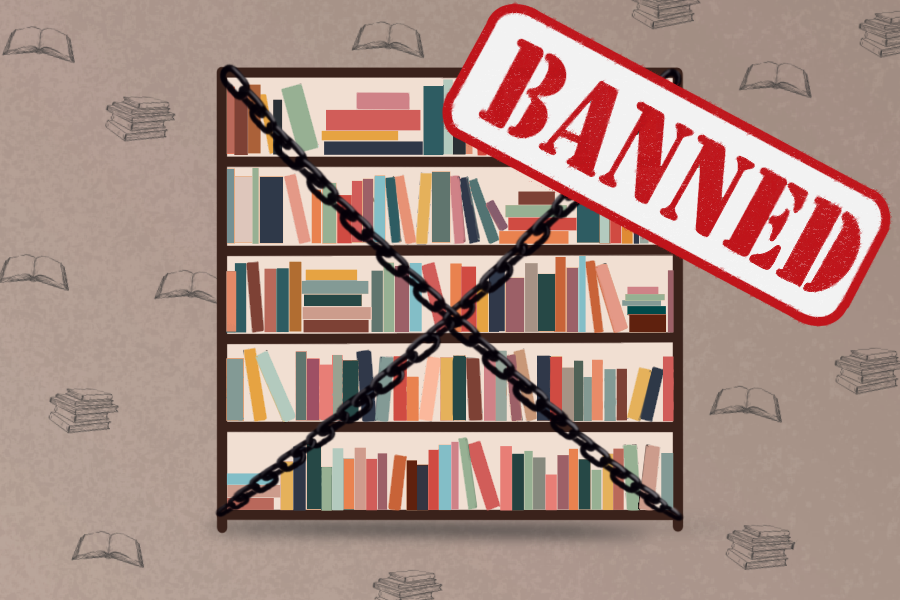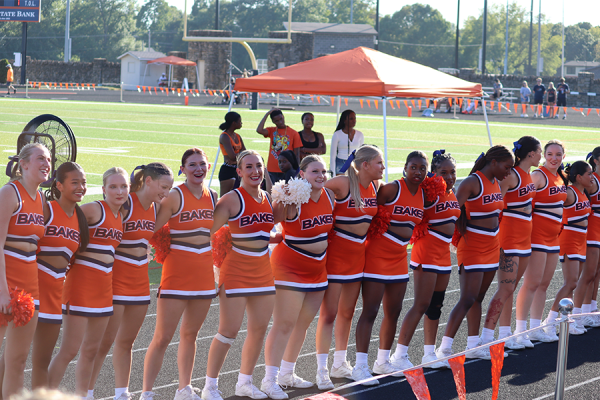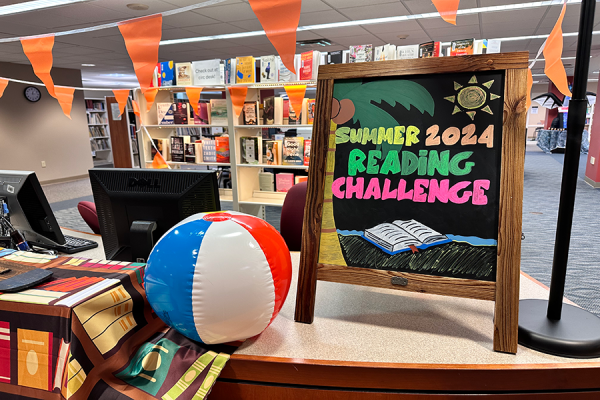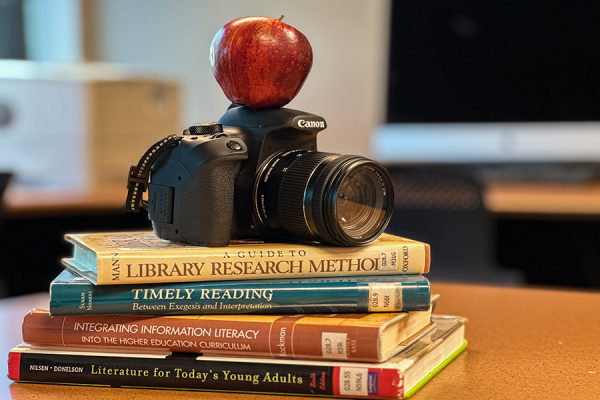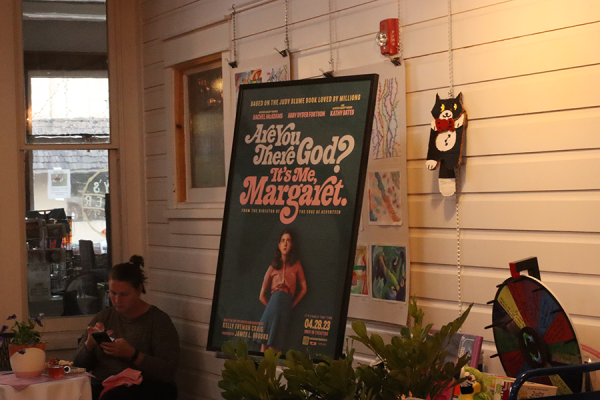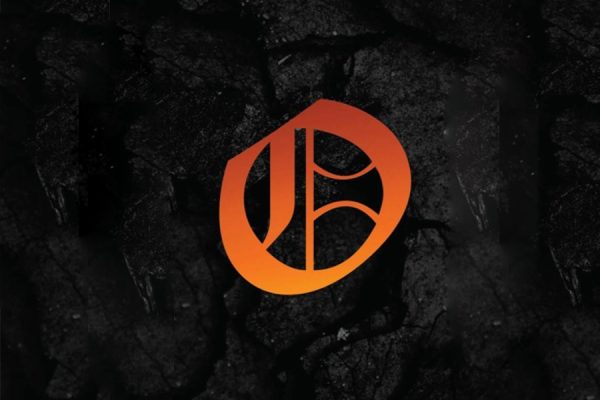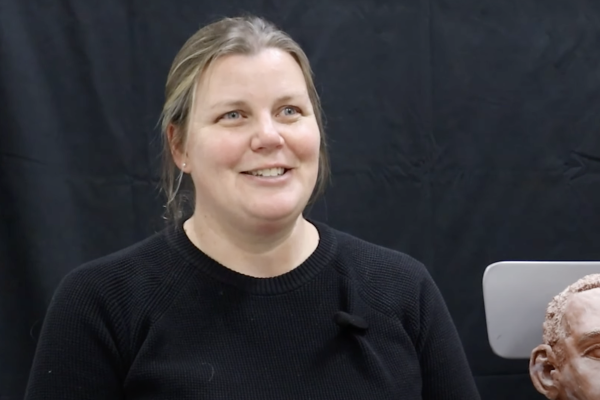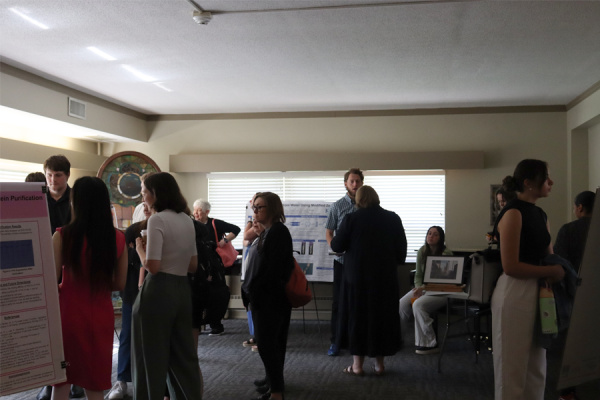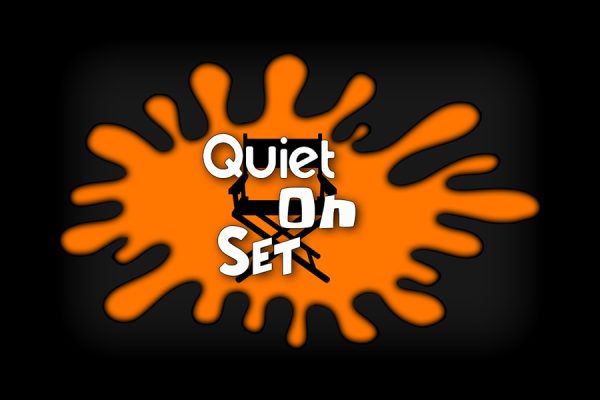Banning Books: is it even legal?
Book banning has become a trend again as numerous school across the country are being ordered to restrict access to certain stories.
This past January, a school district in Tennessee made the decision to ban Art Spiegelman’s graphic novel “Maus.” The story is about Spiegelman’s relationship with his father, who was a survivor of the Holocaust and depicts Jews as mice while depicting the Nazis as cats. However, according to the Washington Post, it was banned for reasons pertaining to language, violence and nudity.
The United States has had a history of banning controversial books since the early 1900s. But there’s been a recent uptick in books being challenged and outright banned, “Maus” only being one of them. To better contribute to the conversation, it is important to understand what causes books to be banned in the first place.
What does it mean when a book gets banned?
According to the American Library Association (ALA), a book first has to be “challenged” by someone before it can be banned. When a book is challenged, this means someone is attempting to restrict the content available for public consumption. These cases typically take place within school districts regarding curriculum or a book in their library.
A book can be challenged by individuals, the government or organizations who take issue with a book’s content being available. Most often, patrons and parents are the first to initiate this conversation.
Such with “Maus,” the local school board discusses the book’s content and whether it would be appropriate to remove it from the shelves. The ALA says that most attempts to ban a book are unsuccessful. But if a district resolves to ban the book, then it’s gone from the shelves and can no longer be taught in classrooms.
Is it legal to ban books?
The current standard for banning books is thanks to a court case known as Island Trees School District v. Pico. A school board attempted to ban books such as “Slaughterhouse-Five” and “Go Ask Alice” due to them being “anti-American, anti-Christian, anti-Sem[i]tic and just plain filthy.” Five students, including Steven Pico, challenged the school board’s decision and the case went to the Supreme Court.
The Supreme Court ruled that school officials could only remove a book if its contents were inappropriate for the children of the school. The example given by FindLaw is “Lolita” being in an elementary school library. What exactly is considered “appropriate” is left in the hands of local boards of education and librarians. Other than that, freedom of speech protects the contents of libraries and it is only underneath specific circumstances that books can be removed.
So why is this even a problem?
As mentioned before, what is deemed “appropriate” for school shelves is largely determined on a local level. However, there are some notable trends around what is considered inappropriate for a scholastic setting.
In 2021, BusinessInsider published a list of 21 of the most frequently banned books of the last three years. Some reasons given for the books included LGBTQIA+ content, anti-police sentiments, discussions surrounding racism and conflicts with religious values.
It’s worth noting that this is not an exclusive practice by the right or the left. For example, the critically acclaimed “The Hate U Give” was challenged for its depiction of “anti-police” values. But older books such as “Of Mice and Men” and “To Kill a Mockingbird” have also been challenged for the usage of racist language and how they depict Black people.
According to the BBC, the main concern surrounds the role educators and parents have in what their children are exposed to. Organizations like No Left Turn are concerned with books that “demean our nation and its heroes” and “revise our history.” Taking a look through the books they deem inappropriate, a vast majority of them are by authors of color or members of the LGBTQIA+ community.
What does this mean?
While book bans are still legal, they still disproportionately affect conversations centered around minority perspectives. The concern is that within the past year, more states are restricting educators’ rights to teach about systemic issues like racism and sexism. With a smaller variety of perspectives, the fewer opportunities for students to learn more about the world around them and themselves.
The recent wave of book banning has sparked protest among local communities about censorship and how it can impact the younger generation. Some groups of students have fought back against the bans by creating book clubs for banned books. But there are still books being challenged and removed from shelves across the country, with some seeing success.
The topic of banning books is a nuanced conversation that has gone on and will continue for years to come. But it’s important to understand the impact of banning books can have on a community, regardless of what is inside its pages.

Maria Gutierrez is a senior from Salina, Kan. She is a mass media major and a part of the Alpha Chi Omega sorority. In her spare time, she enjoys writing,...


